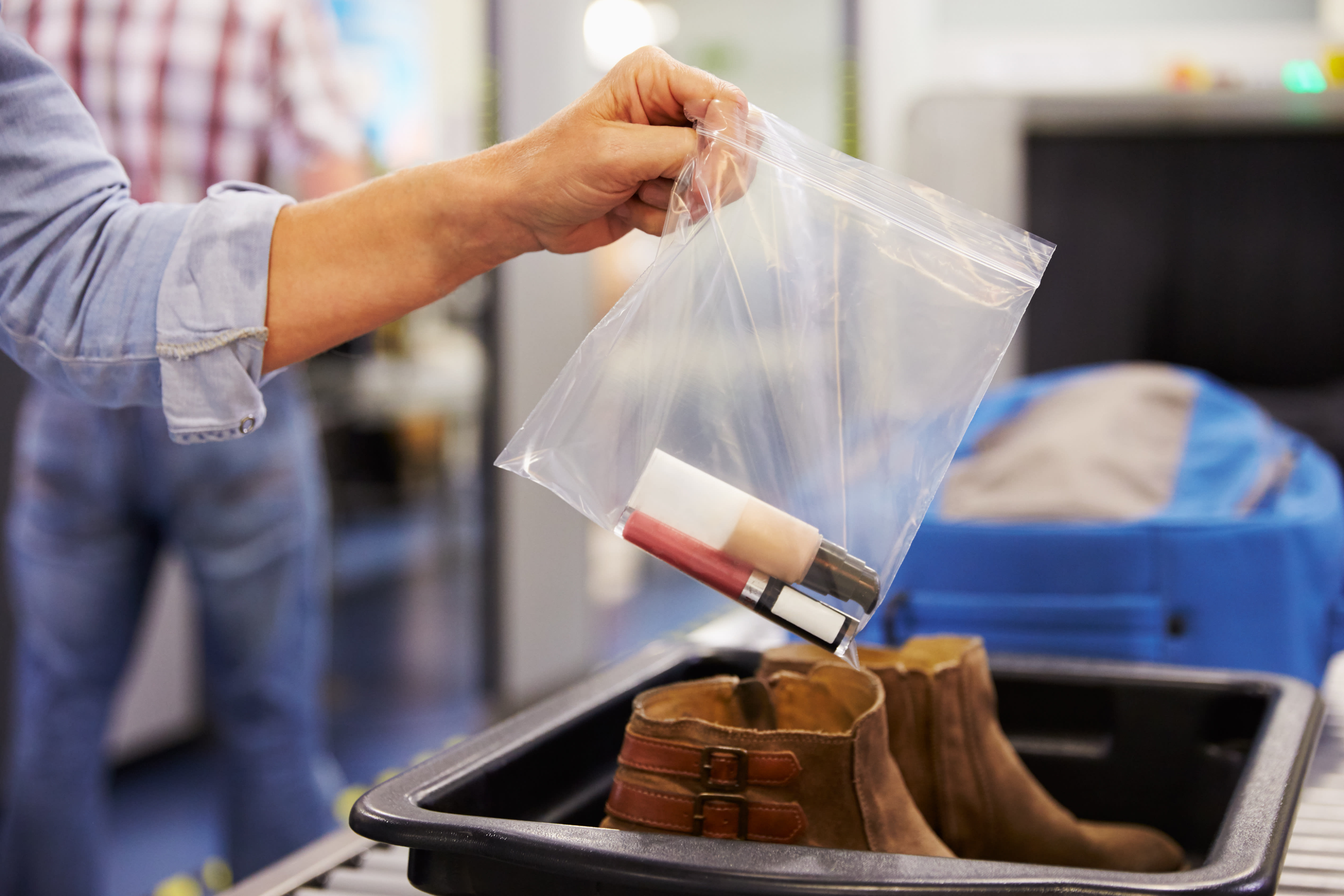Coming soon to an airport near you: the end of the liquid limit
Ed Brooks

You know the drill — you’re packing for a trip and need to decide which of your toiletries to take, make sure they don’t exceed the 100ml airplane liquid limit, and squeeze them into a resealable plastic bag. Once at airport security, you take out this bag along with your electronic items to go through the scanner. It’s a hassle that adds time and stress to the airport experience, especially when you realise the expensive moisturiser you packed exceeds the limit after all.
Thankfully, this process is being phased out as airports gradually upgrade their security systems with modern computed tomography (CT) scanners. Using the same technology as medical scanners, CT scanners analyse up to 1,000 bags an hour by creating 3D images of each bag’s contents, meaning passengers don’t need to remove liquids or electrical items from their hand luggage.
But CT scanners are expensive pieces of equipment and making this transition doesn’t happen overnight, so the 100ml liquid rule is still in place at most airports.
This article will get to the bottom of liquid allowances on planes and the timeline for lifting them.
About the airport liquid limit
The 100ml air travel liquid limit was introduced in 2006 to keep passengers safe and mitigate the risk of terrorist attacks using liquid explosives. A few exemptions exist; travellers can take liquids of more than 100ml on to planes if they are essential medicines, baby food, or have been purchased in airport duty-free.
Although only initially considered a temporary measure, these rules have remained in place and adhering to the liquid limit has become a normal but frustrating part of travelling by plane.
Lifting the limit: coming soon
Liquid restrictions on flights will soon be a thing of the past in many airports. Some airports around the world have already brought in CT scanners that detect potential threats from liquids, gels, and electronic devices such as laptops.
In 2019, the British government set a deadline of December 2022 for all major UK airports to have CT scanners at security points. The disruption and loss of income airports faced during the Covid pandemic led this deadline to be updated to June 2024, but with some major airports such as Heathrow and Manchester on track to miss the new deadline, the UK government recently granted a 12-month extension to June 2025.
The early adopters
Some airports, such as Amsterdam Schiphol, London City, and Milan Linate moved quickly to bring in CT scanners. Passengers passing through security at these airports no longer have to remove liquids or laptops from their bags, speeding up the security checks. Travellers at these airports can now take liquids measuring up to two litres on board. The impact has been significant, with passengers going through security twice as quickly as before — great news for business travellers who fly frequently.
Which major airports already use CT scanners?
Amsterdam
Amsterdam Schiphol installed CT scanners at all of its security lanes in 2021, becoming the first major airport to do so.
Dublin
Dublin Airport has replaced a third of its scanners with new CT scanners and is on track to complete the rollout by the end of 2025. For now though, “passengers should continue to prepare as normal for security, ensuring all liquids are under 100ml” as “for the moment, there’s no guarantee that you will be selected for a screening lane which has a new C3 scanner,” according to Gary McLean, Managing Director of Dublin Airport.
Frankfurt
Frankfurt Airport has introduced CT scanners at around a quarter of its 160 security checkpoints, and is planning to finish rolling them out in the coming years as part of a multimillion euro investment.
London City
In early 2023, London City Airport became the first major UK airport to solely use CT scanners. The scanners can process over 550 trays per hour and 30% more passengers than previously.
Milan
CT scanners are being used at all security checkpoints at Milan Linate Airport, with 90% of passengers passing through security in less than five minutes. They’re also in place in Terminal 1 at Milan Malpensa Airport.
Munich
Munich Airport introduced five CT scanners in 2023 and is investing €45m to roll out the new technology to all security checkpoints by 2026.
Rome
Rome–Fiumicino Airport has installed CT scanners at all security lanes in Terminal 1 and most of those in Terminal 3.
Australia
Sydney, Melbourne, and Brisbane airports are on track to solely use CT scanners by the end of 2025, in line with the deadline set by the Australian government. However, for now the government has no plans to scrap the 100ml liquid limits on international flights.
USA
Some airports, such as New York's John F. Kennedy, Chicago's O’Hare, and Los Angeles’s LAX already have CT scanners in place. To add to these, the Transportation Security Administration (TSA) has committed to spending $1.3 billion to install over 1,200 CT scanners in other airports across the US over the coming years.
Although the prevalence of CT scanners is growing, it will be some time before they are universally used by airports. Until then, it’s a good idea to check the liquid limits for each airport you travel to and from in case they still have liquid limit regulations in place.